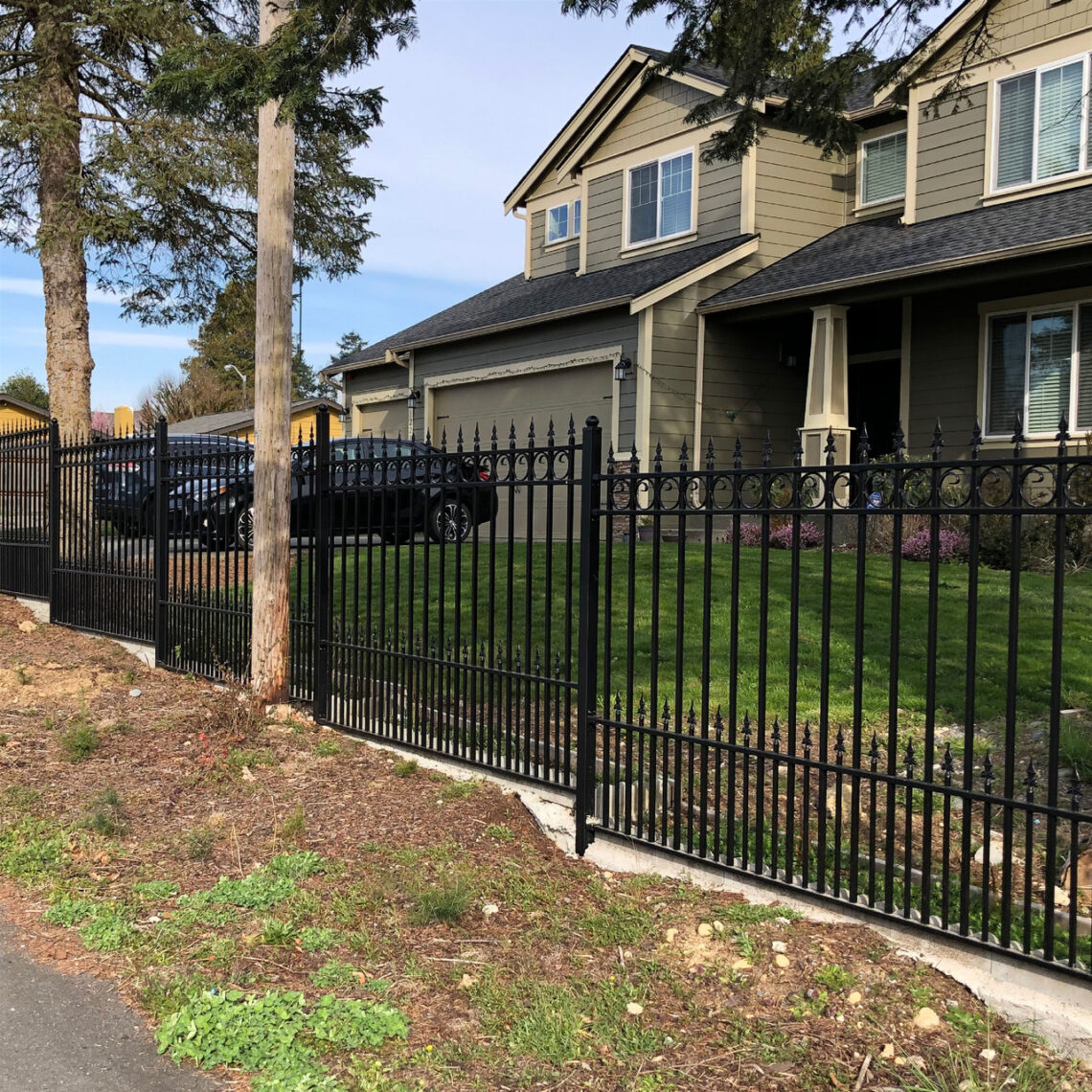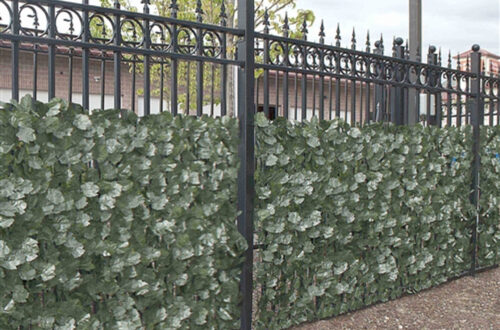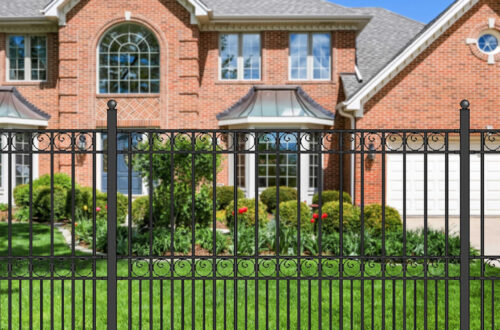When it comes to putting up a fence, every detail matters. From the type of fencing material you use to the height of the fence, each element plays a crucial role in its functionality and aesthetics. One aspect that often gets overlooked but is essential for the fence’s stability and longevity is the spacing between the fence posts. So, how far apart should fence posts be? Let’s dive into this pivotal question and uncover the secrets to achieving a fence that stands strong and true.
Understanding the Importance of Post Spacing
Before we delve into the nitty-gritty details of post spacing, let’s take a moment to appreciate its significance. Fence posts are the backbone of your fence, providing the structural integrity and support necessary to withstand various elements and pressures. Proper spacing ensures that each post carries its fair share of the load, preventing sagging, leaning, or outright collapse.
Factors Influencing Post Spacing
Several factors come into play when determining the ideal spacing between fence posts:
- Fence Type: Different types of fences require different spacing between posts. Whether you’re installing a wooden fence, a chain link fence, or an electric fence, the spacing will vary based on the materials and construction methods used.
- Fence Height: Taller fences naturally exert more pressure on the posts due to increased wind resistance and weight. As such, taller fences may require closer post spacing to maintain stability.
- Fence Material: The material of your fence posts also influences the spacing. Wooden posts, for instance, may need to be spaced differently than metal or T-posts to ensure adequate support.
- Terrain: The terrain on which your fence is being built can impact post spacing. Uneven or sloping ground may necessitate adjustments to maintain a consistent and level fence line.
Determining the Right Spacing
Now that we’ve covered the basics, let’s get down to brass tacks: how do you determine the optimal spacing for your fence posts? Here are some guidelines to help you find the sweet spot:
- Consult Local Regulations: Before you start digging, familiarize yourself with any local regulations or building codes that dictate minimum post spacing requirements. Ignoring these guidelines could land you in hot water down the line.
- Consider Fence Style: The style of your fence can influence post spacing. For instance, a woven wire fence may require closer spacing to prevent sagging, while a chain link fence may allow for more flexibility.
- Think About Post Type: The type of posts you’re using—whether wooden, metal, or T-posts—will impact spacing. Wooden posts typically require closer spacing for stability, while metal posts may offer more leeway.
- Account for Fence Line: Take into account the length of your fence line when determining post spacing. Longer stretches may require closer spacing to maintain structural integrity and prevent bowing or sagging.
Additionally, when planning your fence, it’s worth considering the spacing needed if you plan to install a retractable awning or a similar structure. Thinking ahead of your projects will ensure proper spacing and maximize coverage.

Practical Tips for Installation
When it comes time to put theory into practice, keep these tips in mind for a smooth and successful installation:
- Start with a Solid Foundation: Properly dig and prepare your post holes, ensuring they are deep enough and filled with adequate support, such as concrete or gravel, to prevent settling.
- Maintain Consistency: Aim for uniform spacing between posts throughout the length of your fence line to achieve a cohesive and visually appealing result.
- Account for Corners and Ends: Corner and end posts bear additional stress and should be reinforced accordingly with closer spacing or additional bracing.
- Regular Maintenance: Even with proper spacing, regular maintenance is key to ensuring your fence remains sturdy and secure for years to come. Inspect for any signs of damage or wear and address them promptly.
Wrapping Up
In the grand scheme of fence construction, the spacing between posts may seem like a minor detail, but it’s one that can make all the difference in the long run. By understanding the factors that influence post spacing and following practical guidelines for installation, you can ensure your fence stands strong and true for years to come. So, the next time you find yourself pondering how far apart should fence posts be, remember: it’s not just about distance, but about stability, strength, and the enduring beauty of a well-built fence.Thinking about adding a modern fence to your home? Browse our wide selection of metal fencing options to give your home a beautiful upgrade. We carry a variety of DIY fence kits that include everything you need to self-install your new driveway or garden fence. For controlled access and modern functionality, you can explore our rolling gates collection. With a couple of friends and a DIY fence kit, it won’t take long for you to install the fence materials, finalize your outdoor space protection, and give your home a new look.






